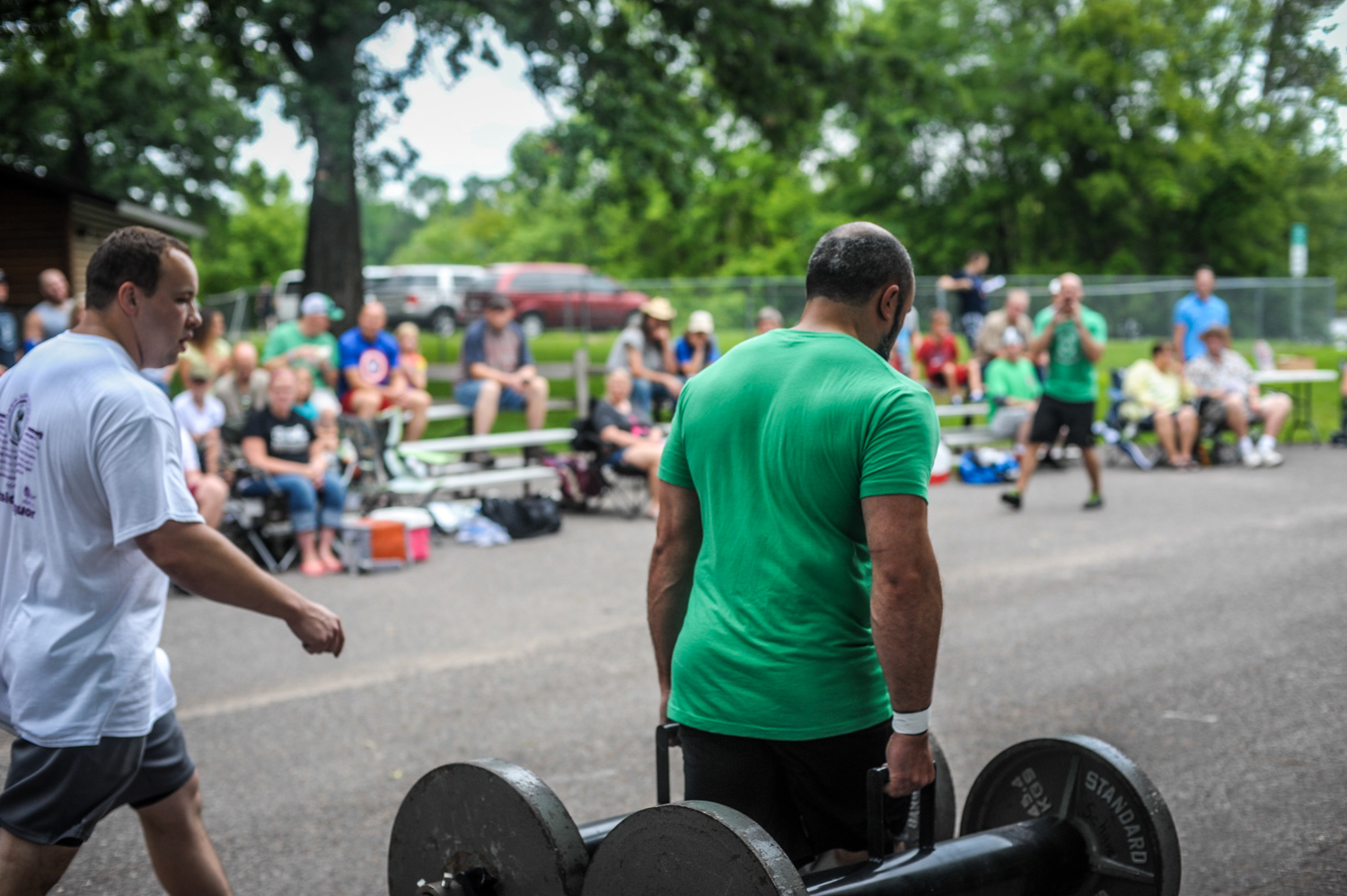
Using biofeedback in training has distinct, proven advantages over other methods of training that do not incorporate auto-regulation, or adapting the stimulus to the state of the system. Biofeedback essentially allows you to get more out of your training at a lower cost in terms of stress and recovery. The long-term benefits of this should be obvious in reducing injuries and maximizing progress. Training is often like the fable of the tortoise and the hare. Slow and steady gains beat short intense bursts of progress followed by long recovery from injury.
But, it’s not as obvious how biofeedback can be used in the competition context to win.
There are two main ways to use it that I have used myself and in athletes I coach.
1. Selecting Movement Variations
Even in the sport of powerlifting, which has a fairly limited range of options for how you can legally perform a lift, there are still quite a few options. You can squat high-bar or low-bar, wide stance or narrow, ass to grass or just below parallel and so on. In the bench press you can vary your grip, foot placement, and bar path among other things. In the deadlift you’ve got two main stances to choose from, everything in between, as well as smaller variations like round-back or not.
All of these things can be tested.
In her most recent meet my wife, Jen Sinkler, made a last-minute switch to a conventional stance from a poorly-testing sumo stance. The result? A roughly 60-pound PR in her conventional stance that she hadn’t been training in years, a 2.5kg lifetime competition PR in the deadlift, a Minnesota state record, and a meet win. Oh, and a 364 pound deadlift.
Results may not always be this dramatic, but when faced with a choice you may be given an opportunity to select the best-testing movement for your body that day. Doing so, in my experience, is virtually guaranteed to result in the best possible result with the least chance of injury when you’re inherently testing the absolute limits of your body.
2. Potentiating Other Movements
Movement that tests well has a striking effect: It potentiates, or increases the output of, all other movement. To put that another way, you could take the output or quality of any given movement as your metric, do a movement that tests well, and then do the first movement again and it will be better. That’s just how it works. In fact, that’s the principle that the ROM or grip testing is based on: if you do something that tests well, you will get more from the ROM or grip.
How can you use this?
In between competitive events that may or may not test well – that part is irrelevant – you can do movements that you know test well. This can be informed from your previous training and knowing what works for your body, or it can be from movements that are components or opposites of the movement you’re competing in. Two examples:
- In grip competitions when every last tenth of a kilogram matters I would often do movements that test well for me, rows and deadlifts (no load, just the movement) primarily, in between the grip events. In some contests this has been the difference between making the next weight jump and not making it at all.
- This last meet that Jen competed in her back was pretty tight after the bench press. She doesn’t have great extension, and the extreme arch in the bench probably didn’t test well for her. Before the deadlift, a lift where extension is required, I had her doing some one-hand reverse extensions which test exceptionally well for her. It’s impossible to quantify how much this helped in such a big lift, but it instantly made her back feel closer to normal.
In short, a quick and easy “hack” to increase your movement quality in ALL the movements you do is to do a few reps of something that tests well. You can almost think of it as a sub-micro training session that makes you instantaneously better – the same idea we’re going for in training over the long term.
Preparation Meets Opportunity
A few movements that test well aren’t going to make up for a lack of training, a lack of preparedness, or a lack of capability. It’s not magic. But when you bring a complete package of training and preparedness to the competition, biofeedback can still help you on game day to put it all together and maximize your potential.


What is a one-hand reverse extension? I have never heard of it before and Google is letting me down.
1) Weight in one hand (or no weight at all) with your hand behind your leg.
2) Arch back, looking up at the ceiling, or even behind you if your flexibility allows, reaching that hand towards the floor.
3) When you run out of comfortable range of motion, reverse the movement and stand up.
Think of it like a one-arm standing back bend.